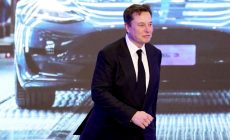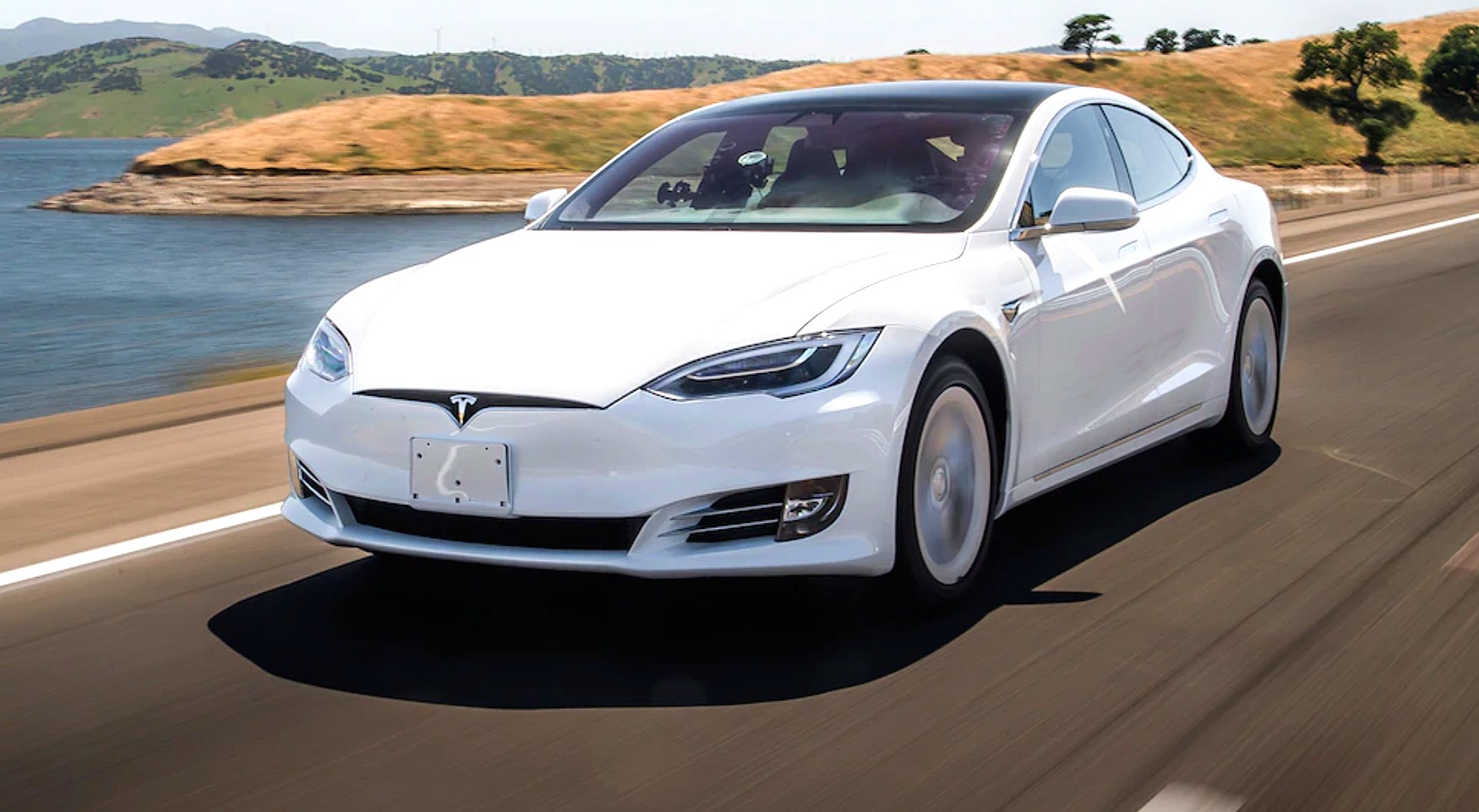Tesla adds chill and assertive self-driving modes
- Posted on
- Comment

Tesla’s automated driver assist feature has added an assertive driving mode.
The setting will follow other cars more closely, change lanes more frequently, not leave the overtaking lane, and perform rolling stops.
Such driver behaviour by humans is often discouraged by safety groups.
However, it could sometimes be safer for an automated system to be more assertive, like a human driver, rather than being overly cautious, one motor safety expert said.
The three driving profiles – chill, average, and assertive – were first added in Tesla’s October update. That update, however, was quickly pulled because of other issues, but the driving profiles feature has now been restored.
A screenshot of the update was posted to Twitter by David Zipper, a technology writer and visiting fellow at Harvard Kennedy School, and was first reported by The Verge.
It shows the assertive mode described as: “Your Model X will have a smaller follow distance, perform more frequent speed lane changes, will not exit passing lanes and may perform rolling stops.”
Potentially safer
The list of behaviours has been criticised by some on social media as being less safe.
But Matthew Avery, from the UK’s Thatcham Research, said that well-designed driverless systems are theoretically safer than human drivers because they eliminate human error.
As such, if a more assertive driving style encourages more drivers to take up self-driving systems than a very cautious style would, that could be a net gain for safety.
“If we want widespread adoption of automation, drivers are going to expect the vehicle to do and make the decisions that you would do as a human driver, not some very benign and very safe algorithm,” he explained.
Human drivers come to an impasse regularly, such as when one has to pull over in a single-lane country road or at a four-way intersection, and one driver must make the move first. Two extremely careful automated cars might both wait for the other to act.
“This is what the manufacturers are trying to learn at the moment,” Mr Avery explained.
“So, a degree of being slightly less cautious, If that means more people use the systems more of the time because they feel that they’re more human-like, that’s a good thing.” What happens if you fall asleep in a self-driving car?
But he warned that it depends on how “assertive” the system is – and said it must avoid aggressive driving.
“It’s a fine line between assertive and aggressive, but definitely there are situations when automation going through some very basic rules will eventually sort of stop because it just can’t progress,” he said.
“I don’t think we’re there yet. I don’t think the technology is sophisticated enough.”
‘Rolling stops’
In many jurisdictions, failing to come to a complete halt at a stop line is illegal, and can result in someone failing their driving test. As a habit, many drivers simply come to a slow crawl – or a rolling stop – instead, but it is considered a dangerous technique.
These appear to be part of both Tesla’s average and assertive modes. The description that the car “will not exit passing lanes” also seems to contradict some regional rules.
Tesla’s so-called “Full Self-Driving” feature is currently only available in the US as part of a limited test.
But in the US, where they drive on the right, several states – but not all – have made it illegal to leave the right-hand lane unless overtaking. Similarly, in the UK, the Highway Code says motorists should always stay in the left lane unless overtaking, and return to the left when safe to do so.
It is not clear if Tesla’s system will account for national or state-based variations in the rules about staying in the overtaking lanes, or what the term rolling stops means in relation to stop signs.
The company has disbanded its media relations department and does not respond to queries from journalists.
Tesla’s so-called full self-driving has been subject to much scrutiny, with crashes and incidents involving the technology gaining widespread media coverage.
It is not, despite its name, a self-driving technology, but is rather considered a driver assistance feature similar to other car-makers’ lane assist technology. It is at level two on a five-point scale of automated systems.
Tesla owners must remain in control of the vehicle and alert at all times, ready to take over in an instant for safety.
-BBC










 (Selorm) |
(Selorm) |  (Nana Kwesi)
(Nana Kwesi)